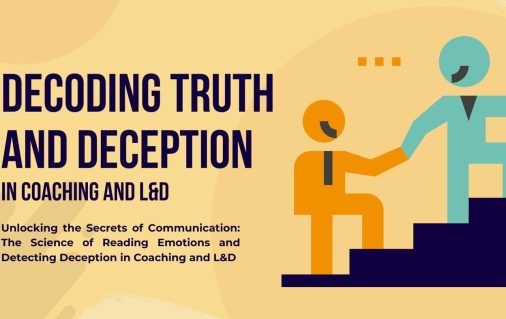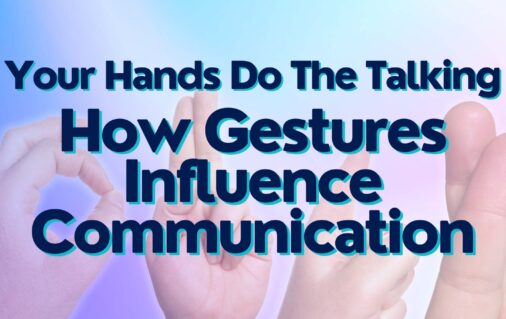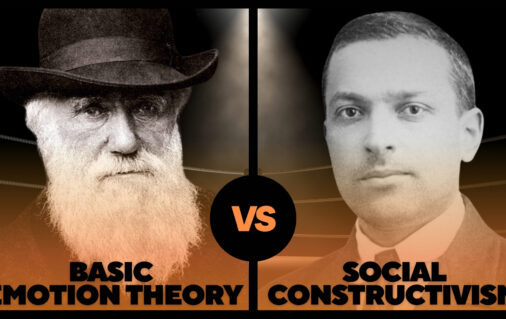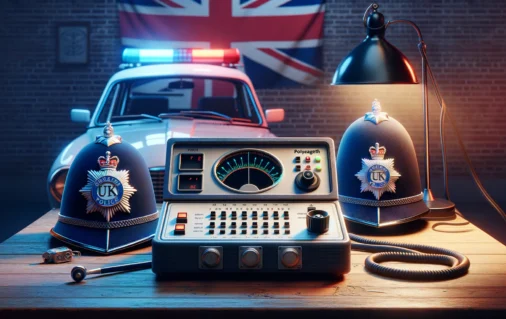Individual Differences: How are Facial Expressions expressed?
Influencing Factors
Despite our shared universal facial expressions and emotions, there are still individual differences to consider. People are unique and the reasons for our emotions can be just as diverse. There are even physical factors that might influence how well you can see someone’s facial expressions, or how well they can present their facial expressions… things like glasses, face masks, hats, hairstyles, braces, facial deformities, scars, wrinkles, or plastic surgery, can all influence how a facial expression presents or how visible it is. Additionally, if someone is talking or eating, it may be harder to see the emotions expressed through the muscles around the mouth. Even some languages, like Portuguese for instance, require muscle movements that look like disgust expressions, making it harder to know if the muscle movements observed are related to an emotion or simply caused by the words spoken.
Culture
It is important to note that along with individual differences, cultural differences can influence the intensity level that facial expressions are expressed or if the facial expressions are suppressed. This can also effect how comfortable people are in expressing their emotions through facial expressions, or if they will feel embarrassment, shame, or fear related to showing emotions through facial expressions. For example, someone may have a fear expression in combination with an anger expression, but this doesn’t necessarily mean that the fear expression is related to anything in the context, the fear could simply be caused by a fear of expressing their anger.
Cultures, societies, genders, sexes, nationalities, and individual families all have different standards for expressing emotion and showing facial expressions.
For instance, in Russia it is normal and preferred to maintain a stern face when walking in public, smiling at strangers that pass by is considered weird behavior. In contrast, in Canada it is expected that you look at and smile at the strangers that you pass by in public, and perhaps even say hello, it would be considered rude to ignored them.
Of course, with these examples this is not always the case, and it can vary in different parts of each country and within different families and groups. This is why having an awareness of these differences can be incredibly helpful when you’re trying to read someone’s facial expressions and communicate effectively.
These variations are known as display rules and can be defined as the common ways that emotions are expressed.
Expressing Emotion
There are many ways that an emotion can be expressed through facial expression.
First, it can be expressed as it is, when the emotion that is felt is seen in a facial expression at the intensity that someone feels it. Or the emotion can be de-amplified, which is when the emotion is suppressed and expressed at a less intense level than is truly felt. There is also the opposite; an amplified facial expression, referring to when someone expresses a stronger intensity than what is truly felt.
Another way that emotions can be expressed is by masking. As we have discussed, emotional expressions can be masked with other expressions to hide what is truly felt. People can also add additional or qualifying expressions; this refers to showing the truly felt emotion and then adding another expression to comment on that emotion. For example, at a surprise birthday party someone could present a surprise expression and then a smile; the smile is commenting on their being entertained and enjoying the surprise they feel.
Or facial expressions can be neutralized, which is to show no expression at all and is commonly known as ‘stone face’ or ‘stone walling’. And lastly are simulated facial expressions, which refer to showing an expression when nothing is actually felt, creating a simulated, or fake, facial expression of emotion.
The face can also be used to communicate ideas as illustrations or gestures, signaling messages. For example, someone might raise their eyebrows to show that they are interested, and even though raised eyebrows can be part of a surprise facial expression, in this instance it would not mean that they’re surprised, it is simply a socially created gesture to show that you are interested in what someone is saying. These, also vary between cultures, for example in Inuit culture raised eyebrows mean ‘yes’ and scrunched nose and pulling all of the features in towards the nose, similar to a disgust expression, is how to say ‘no’.
Therefore, it is very important that when looking at someone’s facial expressions to understand the hidden messages that are communicated, we always compare what we are seeing with the person’s baseline. The term baseline refers to how someone normally behaves, i.e., what their facial expressions and face normally look like. This will help you consider individual differences and support you in making a more informed, and likely a more accurate assessment of what their face is expressing.
Psychopaths
Things get particularly complicated when we discuss dark triad individuals (dark triad consists of Machiavellianism, Psychopathy and Narcissism).
The facial expressions of a psychopath are unique because none of them are truly felt, at least not in the same ways as people who are not psychopathic. One of the fundamental features of psychopathic neuroanatomy is a lack of genuine emotional experiences; as a result, psychopaths frequently have to fake their emotional responses in order to comply with and coexist in society.
This fact demonstrates how emotional expression and emotion-based communication are so common and fundamental in our culture and interpersonal interactions that, in their absence, they need to be feigned in order to function properly in society.
Because most emotional expression is faked to begin with, it is more difficult to detect lies and deception through a psychopath’s facial expressions, first because they have mastered the skill of controlling their facial expressions to present the messages they want to present, but also because they do not feel bad about manipulating these messages, and they do not feel guilty about lying or taking advantage of people. In general, when utilising facial expressions to detect deception, we look for signals of guilt, embarrassment, or fear of being caught, however these are not present in psychopathic individuals.
However, people can reveal something called ‘duping delight’, this is especially common with psychopaths. Duping delight is when happiness and a sense of moral superiority, or winning, is experienced when a person feels like they got away with a lie or when they have outsmarted someone. Duping delight is seen as a micro happiness expression, or signs of happiness in facial expressions. Often happiness is not appropriate for the context, like an interrogation, so these happiness expressions of duping delight are suppressed or masked. Duping delight is one of the main things to look for when assessing the credibility of a psychopath’s account/testimony.
Table of Contents
- History of Facial Expressions
- What are the Universal Facial Expressions?
- Individual Differences: How are Facial Expressions expressed?
- Self-Awareness and Facial Expressions: How are Facial Expressions Experienced?
- How are Facial Expressions Measured and Analyzed?
- Facial Action Coding System (FACS)
- Conclusion
















